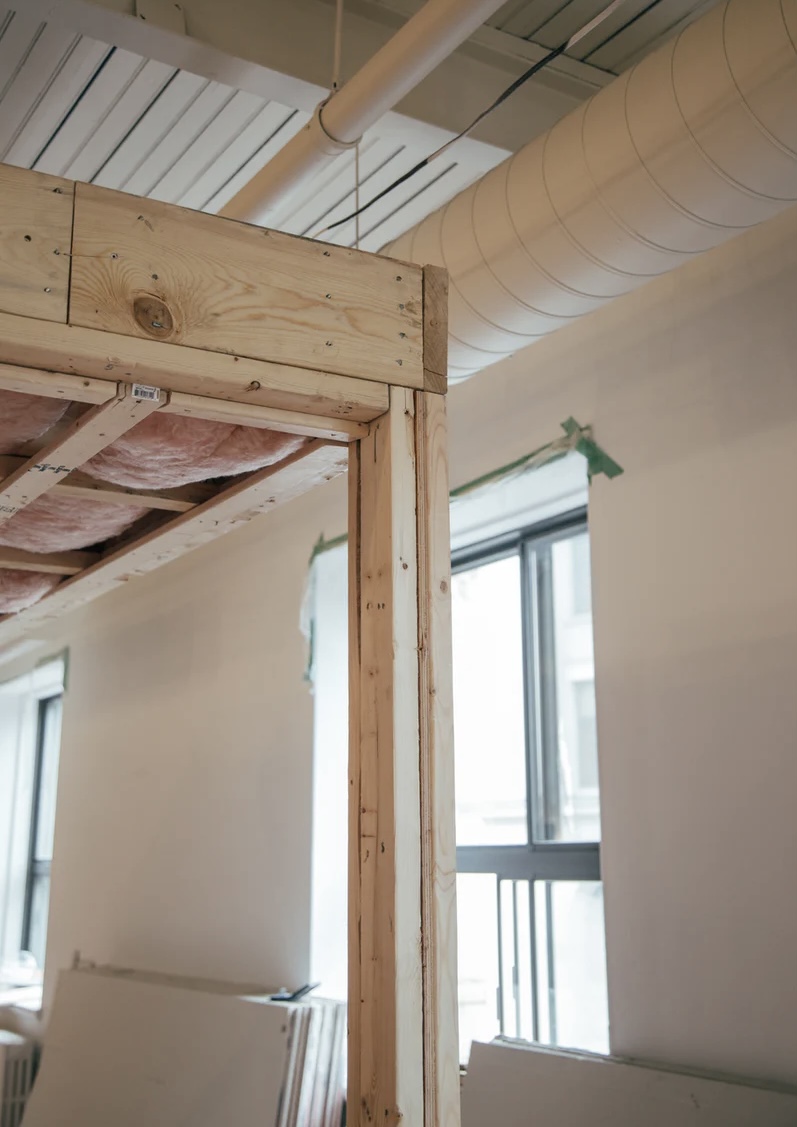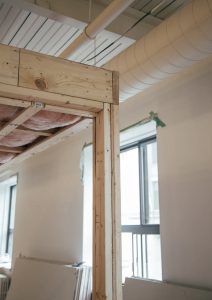
Home modifications can help seniors maintain independence longer.
Dorothy Gale was right.
There is really no place like home.
It is comforting knowing each room, drawer, and cabinet intimately through years of use.
There is also something special about sleeping on your own bed and being able to host family anytime you want.
And home is the place where memories were made and where generations of laughter live in the walls.
Consequently, it is no surprise that many seniors would prefer to age at home.
According to a recent Bankrate article titled "The best home modifications for aging in place," both personal health and living space are important factors.

Some houses may require substantial renovations for the home modifications to support independence in aging.
Although lifestyle changes can help, genetics play a strong role in aging.
It is extremely hard to fool your family gene pool!
For this reason, diet and exercise may be insufficient.
But it may be wise to focus on making home modifications to reduce the presence of hazards and improve accessibility.
Adjustments can range from simple and inexpensive to costly and complicated.
What are some easy fixes?
Consider installing adjustable handheld shower heads, replacing doorknobs with levers, eliminating clutter hazards, rearranging furniture, and finding non-slip rugs and mats.
These are typically straightforward and can be completed without the help of a professional.
Other home modifications will require you to hire a contractor.
These can include installing brighter outside lighting and doorway ramps instead of stairs.
If one cannot open a door independently, one can have these automated.
Leveling floors and installing handrails can facilitate better mobility.
Putting a bench in the shower, installing grab rails, and converting a shower or tub to allow for wheelchair accessibility can prolong independence.
Kitchens can benefit from pullout shelving, higher countertops, and automated or levered faucets.
Lowering beds and creating walk-in closets can be helpful.
Making lights motion-activated and decreasing the slippery nature of floors can decrease accidents.
Converting a room to the master bedroom on the first floor, widening doorways and hallways, and automating or simplifying the lighting, windows, and thermostats can improve accessibility.
Although helpful, home modifications often range from $3,000 to $15,000.
The average cost hovers around $9,500.
Although pricey, paying for adjustments can pay dividends, especially when you consider the costs for long-term care and assisted living.
If your home modifications are made to address a documented disability of a resident of the home, you may be eligible for an itemized tax deduction as a qualifying medical expense.
For those who desire to age at home, renovations may help in realizing this goal.
Reference: Bankrate (March 30, 2022) "The best home modifications for aging in place"
REMEMBER: “The choice of a lawyer is an important decision and should not be based solely upon advertisements.”
This statement is required by rule of the Supreme Court of Missouri.
